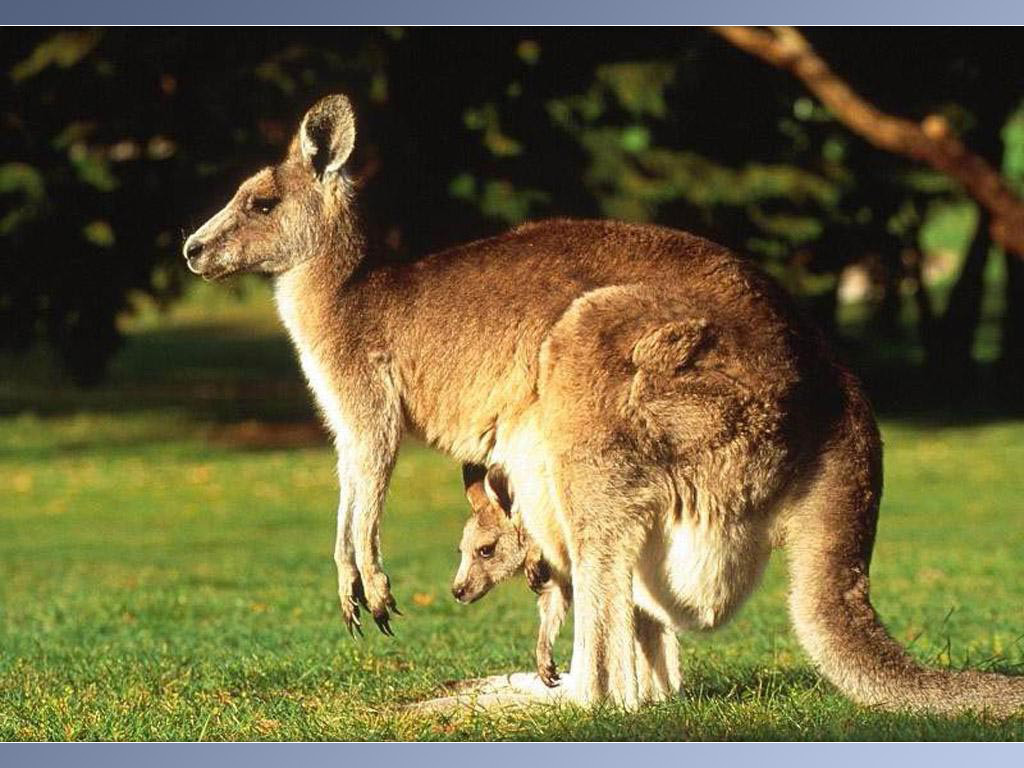Monday, December 18, 2006
More about red wolfs
The hunting range of the red wolf does not extend over a wide area unless food is scarce and he is forced to travel to obtain food. He prefers sandy river bottoms, a wooded spot with plenty of brush cover, or a sheltered bank on a sunny slope for a home site. Before the young are born in April or May, the parents prepare a main lodge and several other places of refuge within the range of the runway, where they can seek shelter or move the pups if danger threatens. The red wolf is not too proud to occupy second-hand quarters, finding the burrow of a fox, or coyote quite satisfactory, once it is thoroughly cleaned and enlarged.
(From Album of North American Animals By Vera dugdale)
Two more posts on this subject. See you later.
Monday, November 27, 2006
More about those vwolf thing-a-ma-jigs
In coloring and physical characteristics the red wolf so nearly resembles the coyote that the two are often confused. The wolf is larger than the coyote, reaching a height of the 26 to 28 inches at the shoulder, a height comparable to that of the gray wolf, but he is much leaner and seldom weighs more than seventy toeighty pounds. His latin name means "blacke dog," but he is far more commonly yellowish or red than black. The color of the coat varies with the individual, the red phase being a bright golden red, while in others the color ranges from reddish brown or yellow to grayish black, all with white or lighter under parts and dark brown legs. Frequently black-tipped hair grows on the back and tail. The red wolf has long, slender legs, ashorter muzzle than the gray wolf, and reportedly carries his tail in a hori zontal position when running or trotting.
The red wolf is indiscriminate in his food habits, welcoming carrion where-ever he finds it, hunting for rabbits and rodents, and partaking of some vegetable matter to round out his diet. In the hardwood forests and swampy bayous he stalks the wild turkey, migrating waterfowl, razorback hogs, raccoons, foxs, frogs, birds, and crabs, and searches for the newborn fawn of the white-tailed deer. The competition for food is extremely keen in wolf country, and the red wolf must spend most of his waking hours in search of prey.
More on this later. I love saying that. Talk to you next post.
Thursday, November 16, 2006
Vwolfs
CANIS NIGER,the red wolf or the Texas red wolf, is the all-American wolf. Unlike his gray relative, the red wolf has no close ties in other countries.
While the hardy gray wolf has retreated to the rugged, mountainous regions of the west and north , the little red wolf prefers a milder climate in southeastern Texas,Oklahoma, Arkansas, some of the Gulf states, and the upper and lower Mississippi River valleys. In former days his range was apparently much more extensive, reaching into all the southern Gulf states, east of the Mississippi river for some distance, into many regions of the Southwest, and even into florida.
During the early days of the open range and great cattle drives from Texas to the north, the cowboy warred on the red wolf, for marauding packs of hungry wolves were a constant threat to livestock. Whenever athe carcass of a half-eaten steer was sighted, the cowman immediately placed the blame at the door of the wolf. The animal might have died from natural causes or injuries inflicted during the drive, but this made no difference. The cry of "Wolf, wolf," sounded throughout the length and breadth of the cattle country, and a united drive was made to destroy them wherever they were to be found. The drive was almost successful, and today the red wolf exists in much reduced numbers in limited territories, and is in great danger of becoming extinct.
(From Album of North American Animals by Vera Dugdale)

More on this subject in later posts. No really. Seriously! Anyway, signing off, bye.
Tuesday, October 10, 2006
Birds
Byrd ends vast Antarctic air survey
Nov 29. Commander Richerd E. Byrd and three companions returned to their home base at Little America in the Antarctica today after completing the first flight over the South Pole. The polar flight is part of a systematic effort by Byrd and his team to explore the uncharted five million square miles of the Antarctic continent. the achievement was made possible by a flight on November 18, during which Byrd established a supply base 40 miles south of Little America.
Flying a Ford trimotor, the Byrd party took off from Little America at 10:29 p.m. yesterday. The aircraft stopped for an hour to refuel at the supply base and arrived over the South Pole at 8:15 this morning, after a hazardous, wind-buffeted flight. Byrd cyrcled the pole for his home base. It landed at Little America at 10:10 a.m. Among other discoveries, Byrd and the dog team party he sent out have found two previously uncharted Antarctic mountain ranges, which they hope to explore more thoroughly in a series of expeditions.
Are you surprised? I got it out of Chronicle of the 20th century. :-) :-P Well, I've gotta go, bye.

